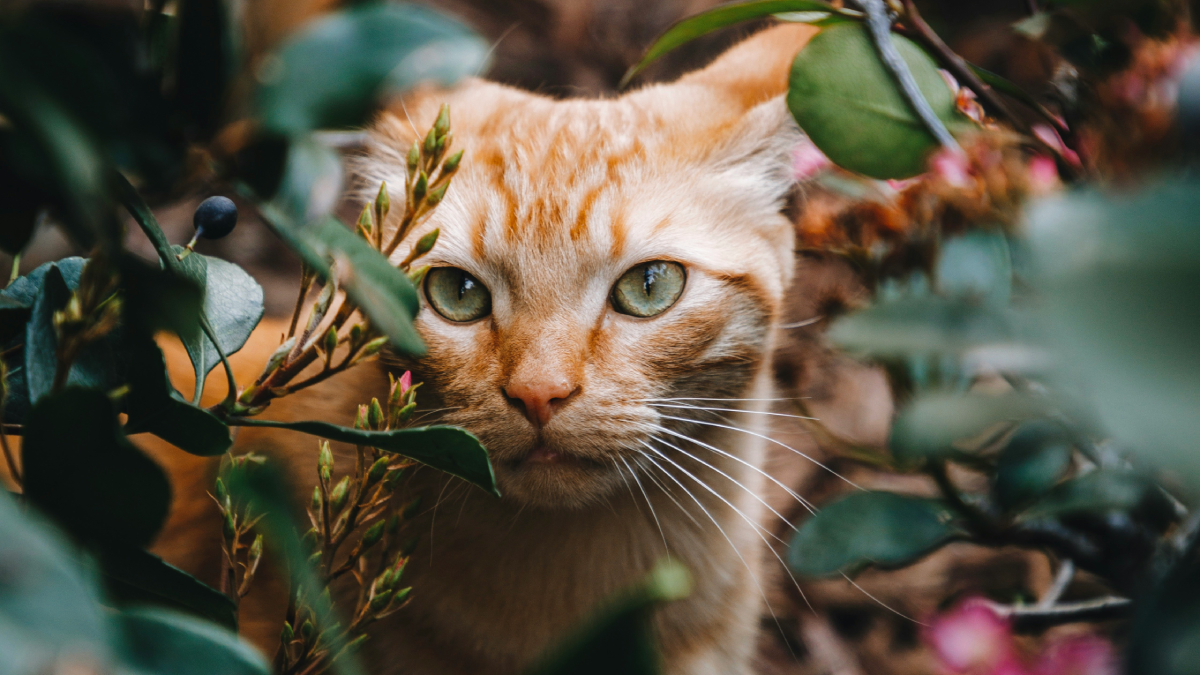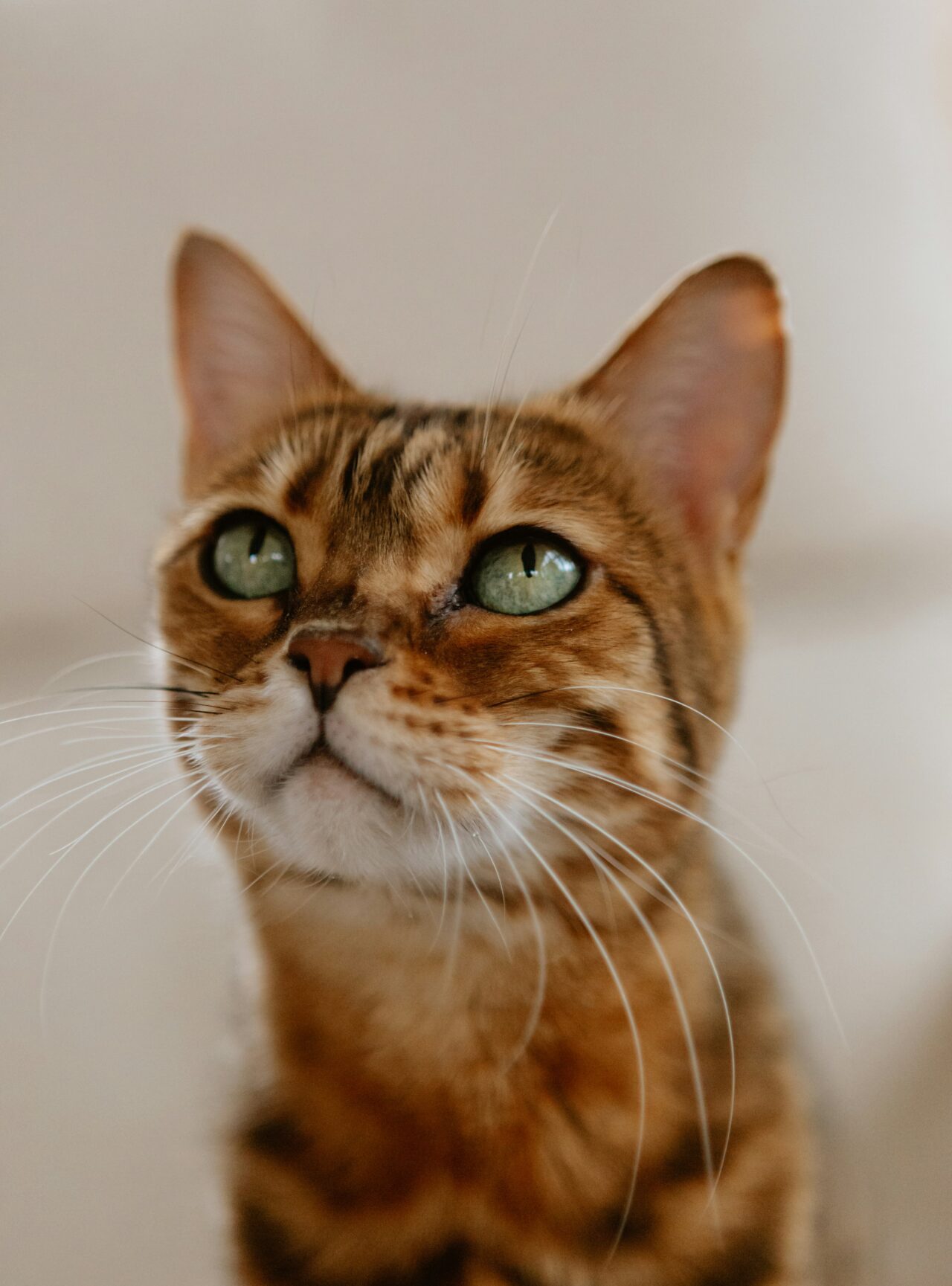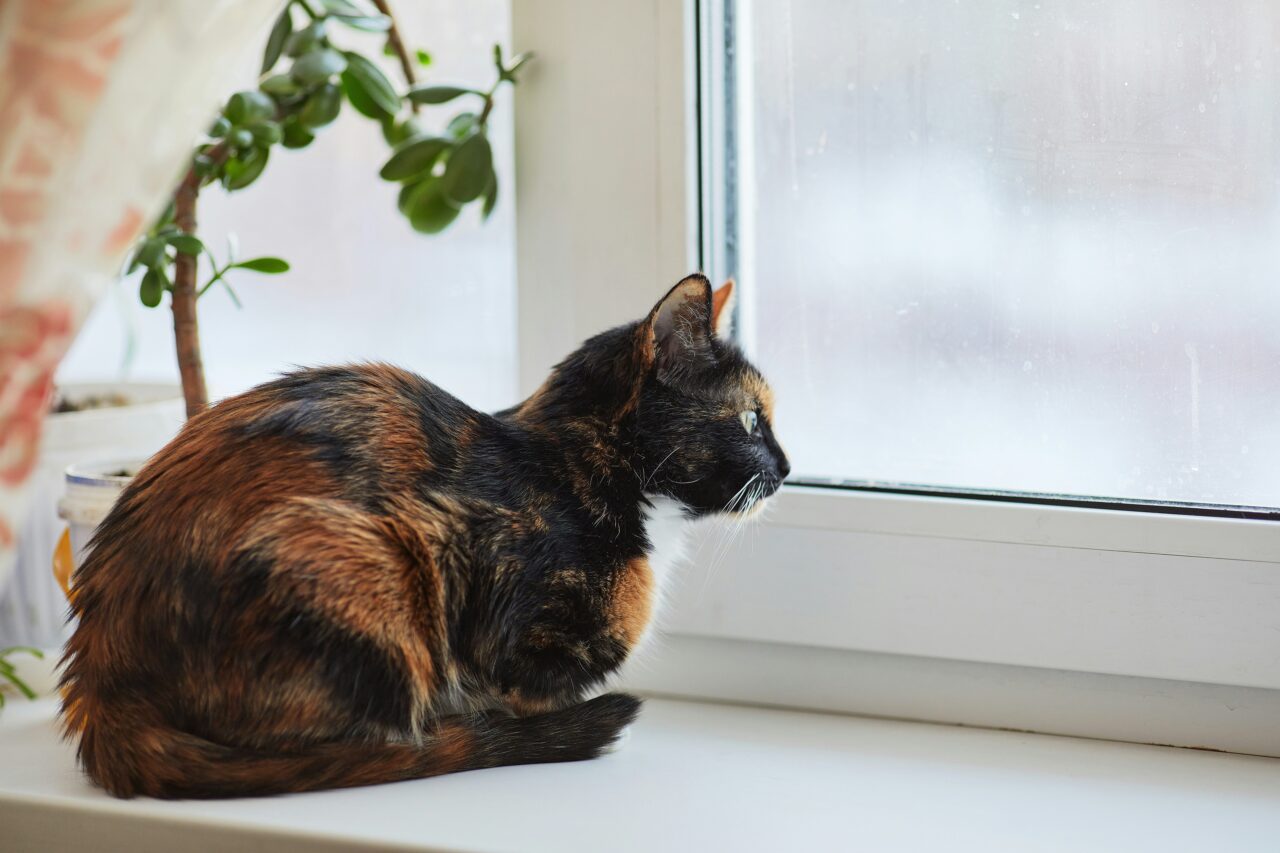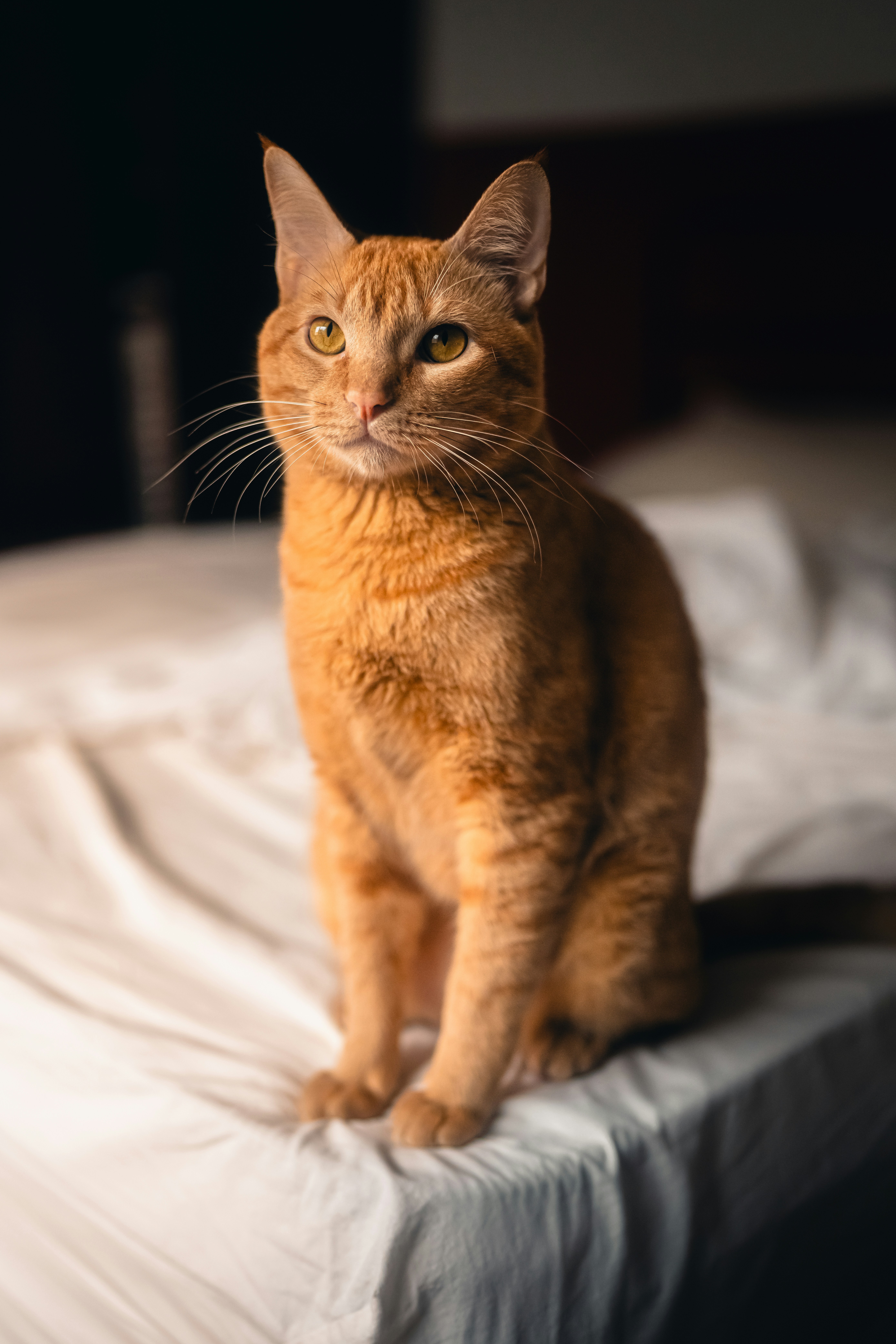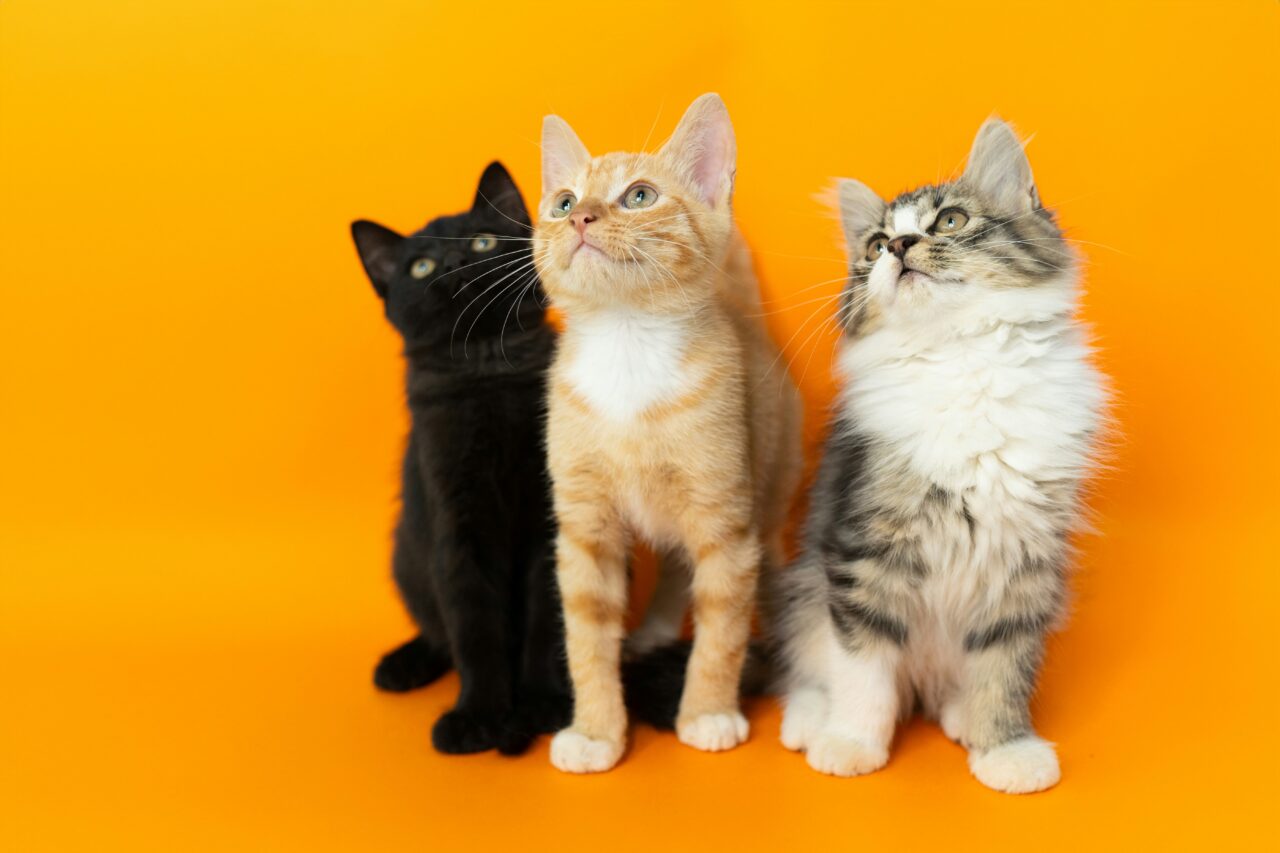📖 Table of Content:
Orange cats, with their vibrant and striking coats, are a favorite among cat lovers worldwide. Whether they’re long-haired Maine Coons or short-haired tabbies, these fiery-furred felines captivate us with their charm and playful personalities.
But have you ever wondered why most orange cats you encounter are male? It’s not just a coincidence—it’s a fascinating story rooted in genetics.
A complex interplay of genes determines the color of a cat’s coat and it’s passed down from their parents. Among the various coat colors and patterns, orange is unique because it is linked to the cat’s sex chromosomes.
This genetic quirk results in a much higher likelihood of orange cats being male, with only a small percentage of females sporting this striking hue.
The Role of the X Chromosome in Coat Color
To understand why orange cats are more likely to be male, we need to explore the role of the X chromosome in determining coat color.
In cats, the gene responsible for the orange coat color, known as the O gene, is located on the X chromosome. This gene produces a pigment called pheomelanin, which gives the fur a reddish or orange hue.
Male cats have one X chromosome and one Y chromosome (XY), while female cats have two X chromosomes (XX). Since males inherit only one X chromosome, they either have the O gene (orange coat) or don’t, resulting in a solid orange coat if the gene is present. Females, on the other hand, require the O gene on both of their X chromosomes to be fully orange, which is much less common.
This genetic arrangement means that male cats are statistically more likely to express the orange coat color, while female cats often display a mix of orange and other colors due to the combination of genes on their two X chromosomes.
For a female cat to be completely orange, she must inherit the O gene from both of her parents. This requires her mother to be orange, calico, or tortoiseshell (carrying at least one O gene) and her father to be orange. This specific combination makes fully orange females relatively rare, occurring in only about 20% of all orange cats.
In contrast, male cats only need to inherit the O gene from their mother, making the odds of being orange much higher. This explains why the vast majority of orange cats—approximately 80%—are male.
How Calico and Tortoiseshell Cats Are Related
The genetics of orange fur also explain why calico and tortoiseshell cats are almost exclusively female.
These cats have a mix of orange and other colors, such as black or white, due to a process called X-inactivation. In female cats, one of the two X chromosomes in each cell is randomly deactivated during development. This creates a mosaic pattern of fur colors, where some patches of fur express the O gene (orange) while others don’t.
Because male cats only have one X chromosome, they cannot display the patchy patterns typical of calico and tortoiseshell coats (except in rare cases of genetic anomalies, such as Klinefelter syndrome). The interplay between orange and non-orange genes on the X chromosome creates the unique and beautiful patterns we see in these cats, making them a genetic wonder.
The Connection Between Genetics and Personality
Interestingly, some studies suggest a potential link between a cat’s coat color and its personality traits. While the science is not definitive, many orange cat owners report that their pets are particularly friendly and sociable. These anecdotal observations have led to speculation that genetics may influence not just a cat’s appearance but also its temperament.
One theory is that orange cats might be more outgoing due to their lower numbers in the wild, which could lead them to take more risks or seek out human interaction for protection and companionship. Although this connection remains unproven, it adds another layer of intrigue to the unique characteristics of orange cats.
The Science of Coat Color Variation
The O gene isn’t the only factor influencing an orange cat’s appearance. Other genes control the pattern of the coat, such as tabby stripes, solid color, or spots. All orange cats are technically tabbies because the gene for solid orange fur does not exist. However, the tabby pattern can vary widely, ranging from classic swirls to mackerel stripes or spotted patterns.
Additional modifiers, such as the agouti gene, determine whether the tabby markings are prominent or muted. This interplay of genes creates the stunning variety of orange cats we see today, from sleek and striped to fluffy and spotted.
The striking coat of an orange cat is more than just a pretty feature—it’s a testament to the incredible science behind genetics. From their prevalence as males to their rarity as females, orange cats are a living example of how genes shape the natural world.
Whether you’re a cat enthusiast or a curious observer, the story of orange cats offers a glimpse into the complexities of biology and the wonders of nature. So, the next time you see an orange cat, remember: there’s a lot more to their coat color than meets the eye.
